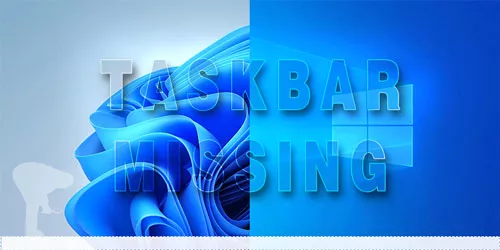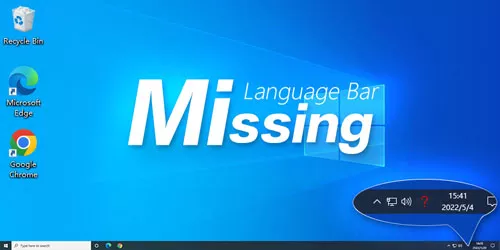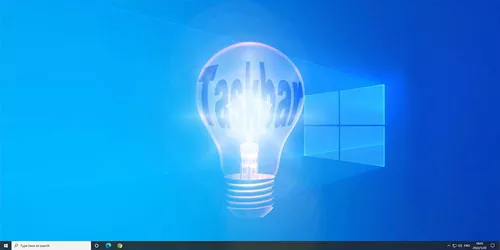Fix: Taskbar Keeps Freezing in Windows 10 and 11
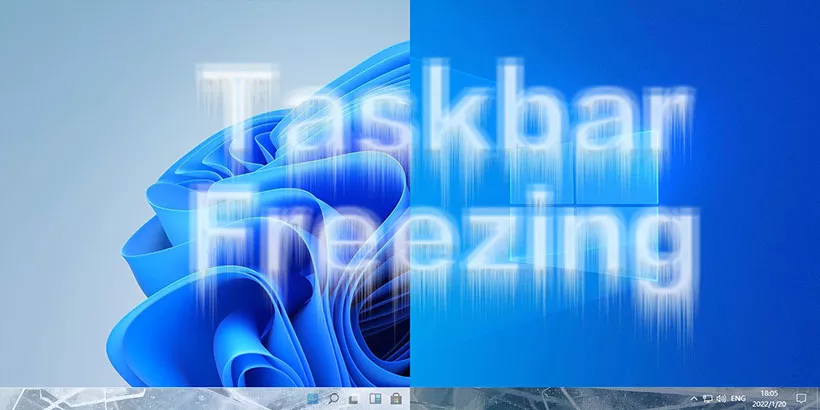
Any click on the taskbar was invalid? Unable to directly access start menu, icons or notifications? Keyboard shortcuts don't work? And even the time stopped updating? Then you may come across the error of taskbar frozen.
Actually, taskbar frozen is a very common issue in windows and you probably won't realize how much of a nuisance it is to not have a taskbar until it's unresponsive. To restore this issue, in this post, we will discuss 6 methods to fix a frozen taskbar in Windows 10 and 11.
- Method 1: Restart Windows Explorer
- Method 2: Run an SFC scan
- Method 3: Reinstall UWP using PowerShell
- Method 4: Run DISM image management command
- Method 5: Disable recently opened items
- Method 6: Create a new account
1. Restart Windows Explorer
Press Ctrl + Shift + Esc to open Windows Task Manager, select Windows Explorer in Processes column and click Restart.
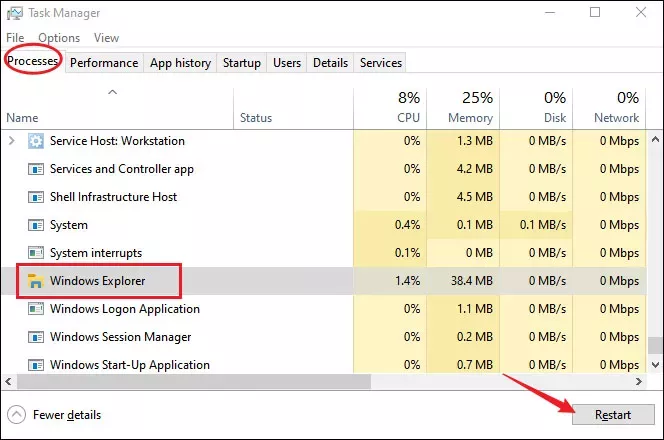
When finished, the explorer would restart and the inactive taskbar should get back to work.
2. Run an SFC scan
Step 1: Press Ctrl + Shift + Esc to open Windows Task Manager, click File > Run a new task, type cmd in the open box and check Create this task with administrative privileges. Then click OK.
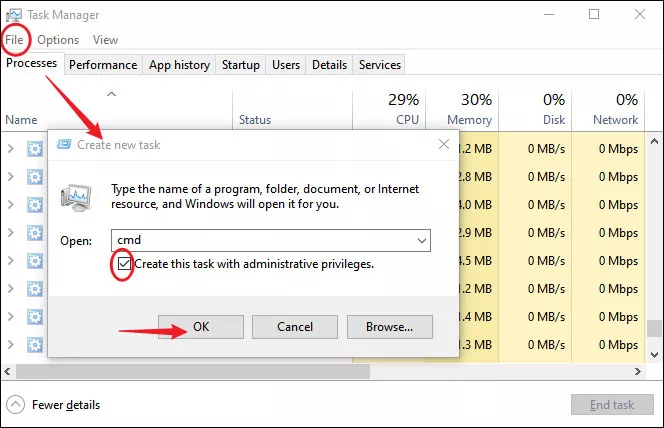
Step 2: Type sfc /scannow in the command prompt, hit Enter and wait till Verification 100% complete.
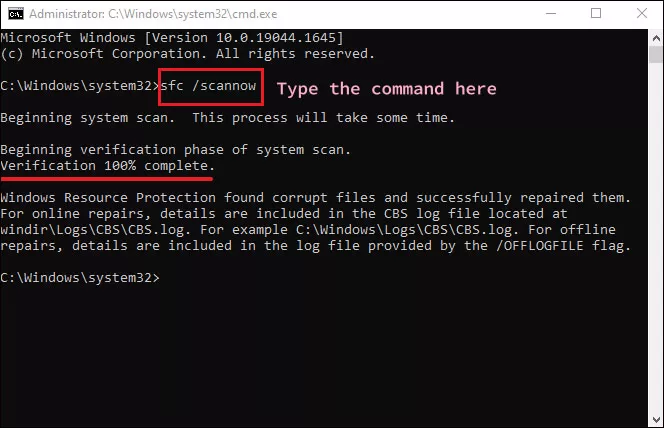
This will run a system file check to repair corrupt windows files in your PC and you can reboot your PC to check whether the frozen taskbar is fixed.
3. Reinstall UWP using PowerShell
Step 1: Press Windows + X to open the context menu and select Windows PowerShell(Admin).

Step 2: Paste the below command and hit enter to execute it.
Get-AppxPackage -AllUsers | ForEach-Object {Add-AppxPackage -DisableDevelopmentMode -Register "$($_.InstallLocation)\AppXManifest.xml"}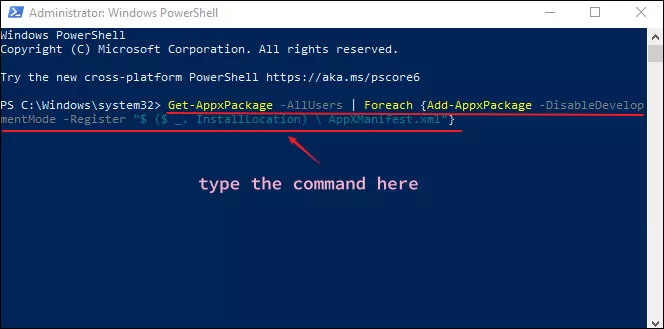
4. Run DISM image management command
Step 1: Same as the step 1 in method 2, press Ctrl + Shift + Esc to open Windows Task Manager, click File > Run a new task, type cmd in the open box and check Create this task with administrative privileges. Then click OK.
Step 2: Paste Dism /Online /Cleanup-Image /RestoreHealth in the command prompt window, hit Enter and wait till the operation 100% complete.
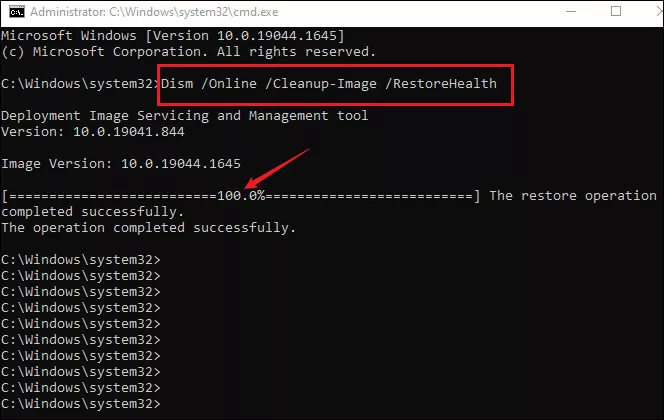
Restart your PC to check if the taskbar is still not responding.
5. Disable recently opened items
Press Windows+I to open settings, select Personalization>Start and turn off Show recently opened items in Jump Lists on Start or the taskbar.
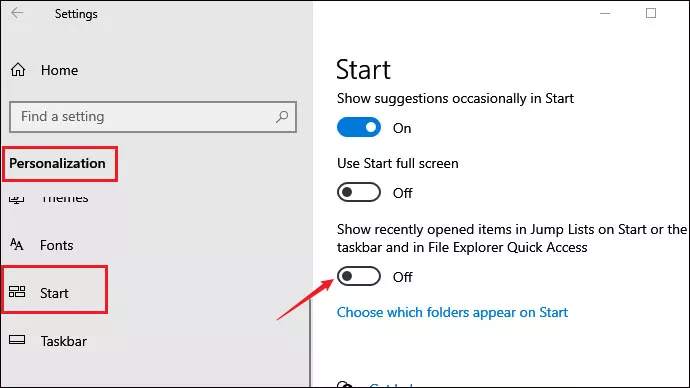
Your taskbar won't freeze on startup the next time you reboot.
6. Create a new account
Step 1: Press Windows + I to launch settings, select Accounts > Family & other users > Add someone else to this PC .
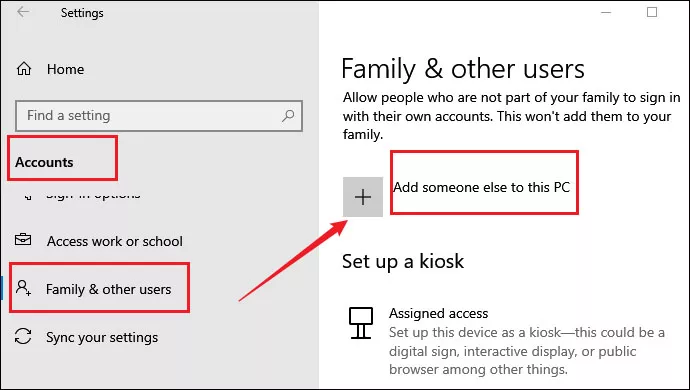
Step 2: In the pop-up window, select I don't have this person's sign-in information > Add a user without a Microsoft Account. Then click Next.
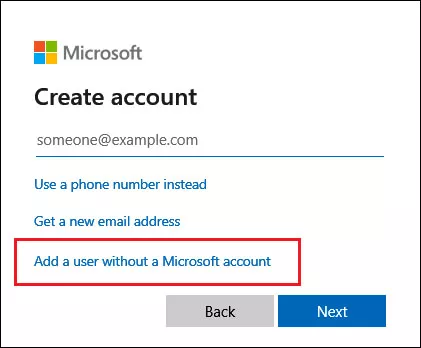
Step 3: Enter your user name and password to create a new account and then select Change Account Type.
Step 4: Click on Account Type > Administrator, save your changes and you can log in this account.
If the taskbar functions well after signing in, transfer your files to this new account.
Watch the Video Tutorial
Unfreeze Your Taskbar Fast – Watch the Video Now!


